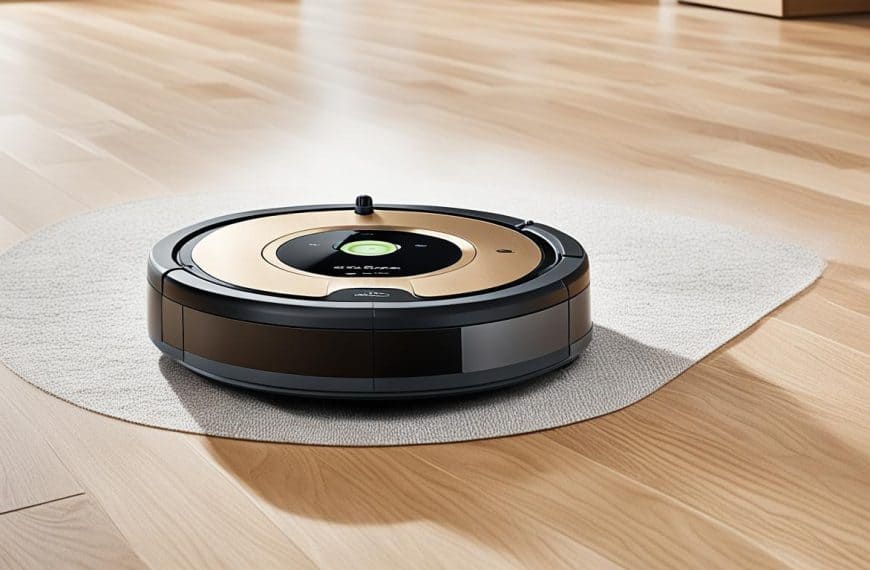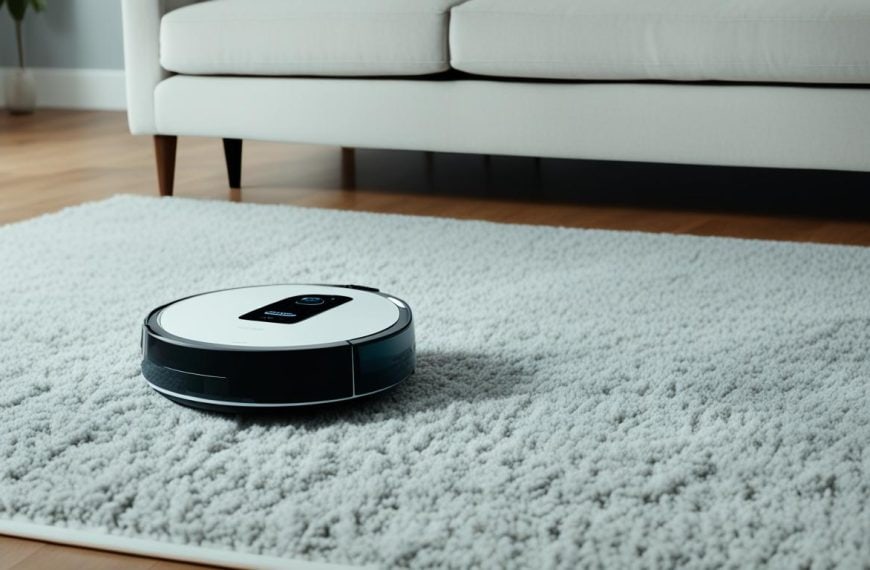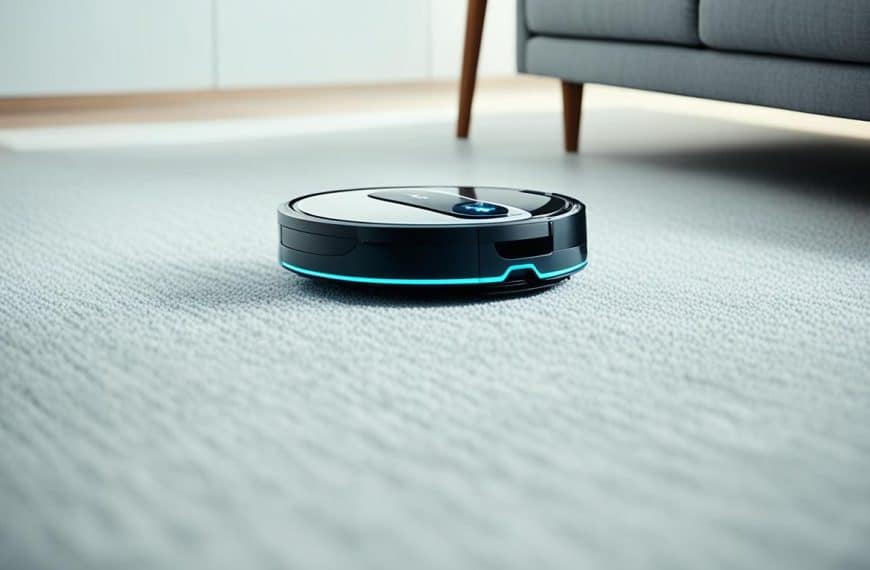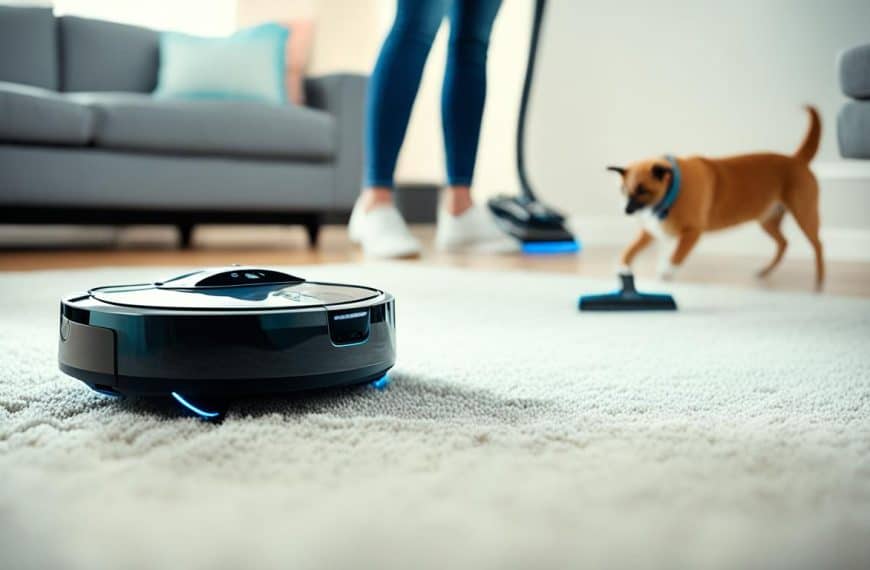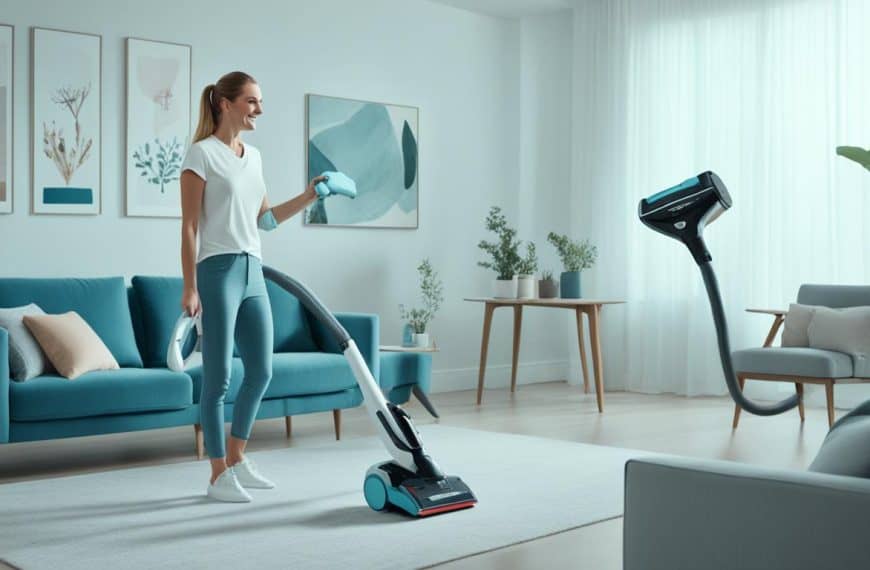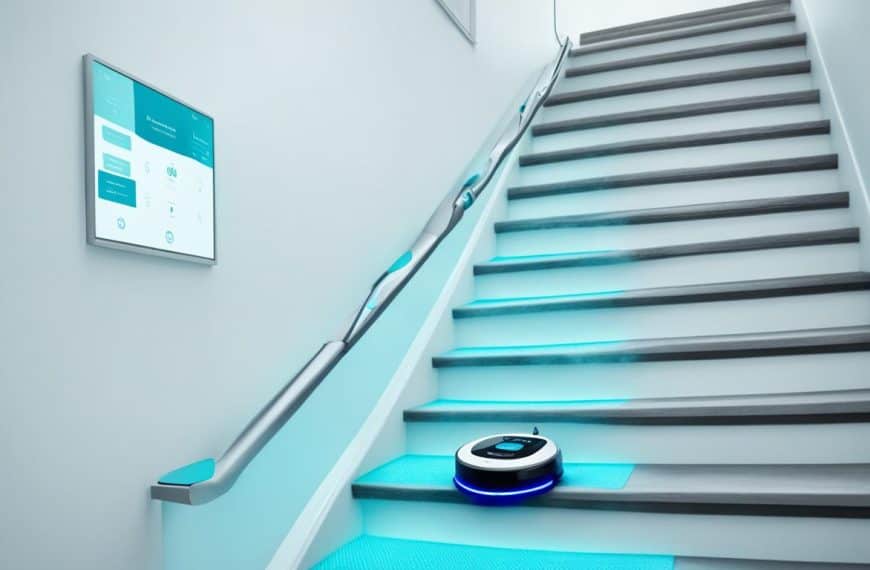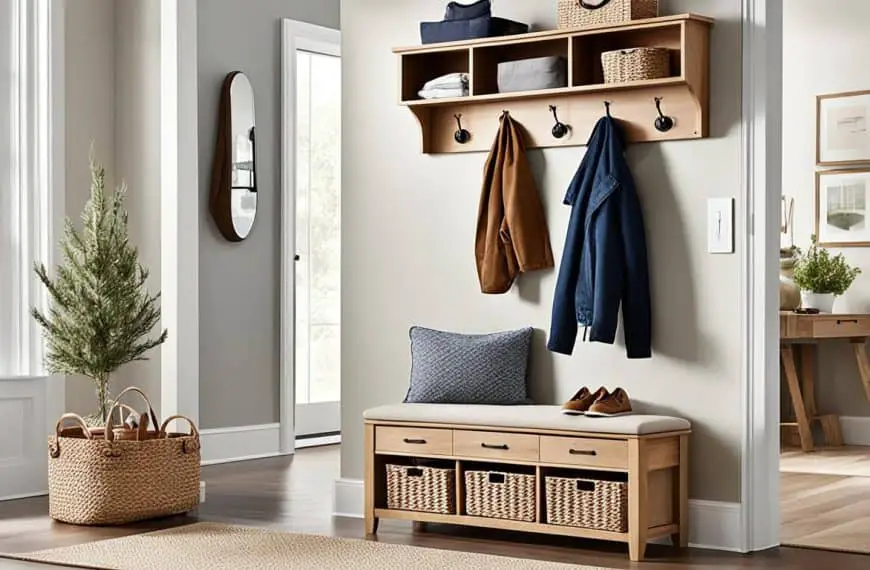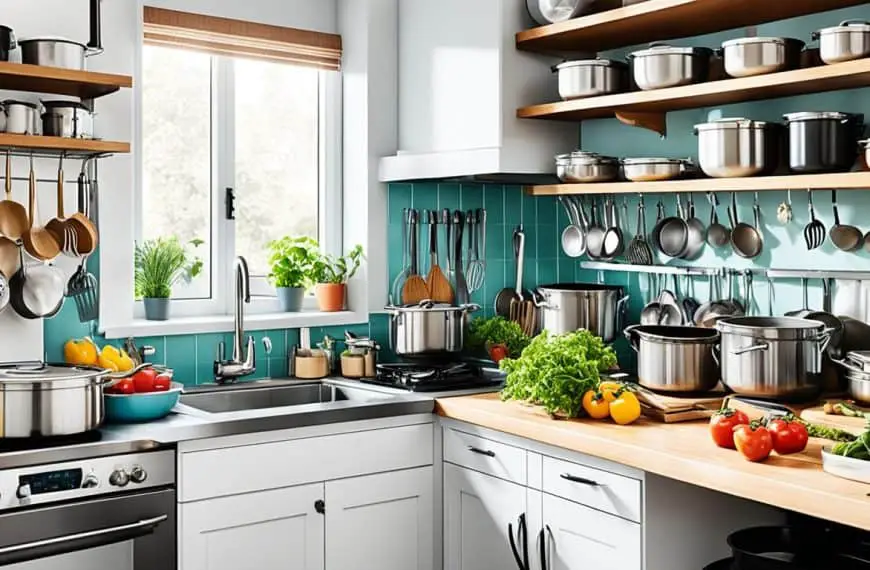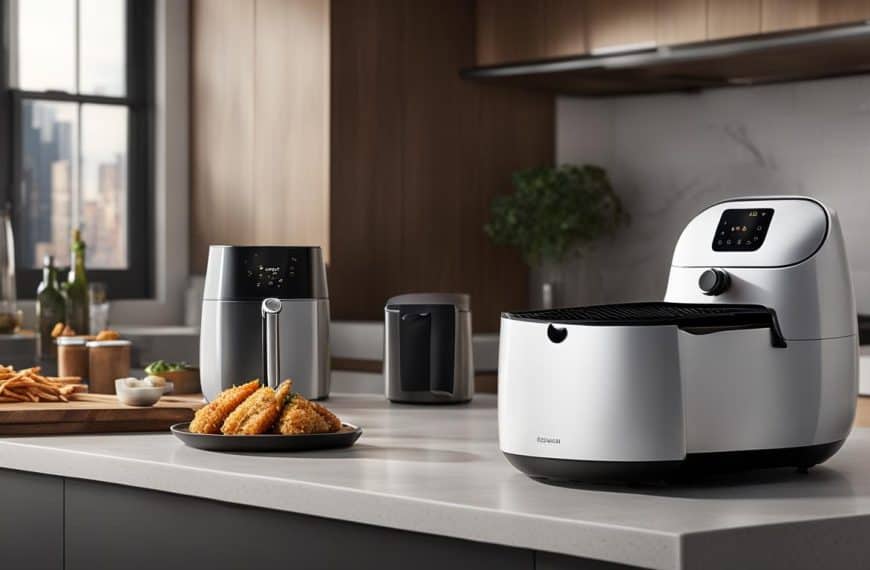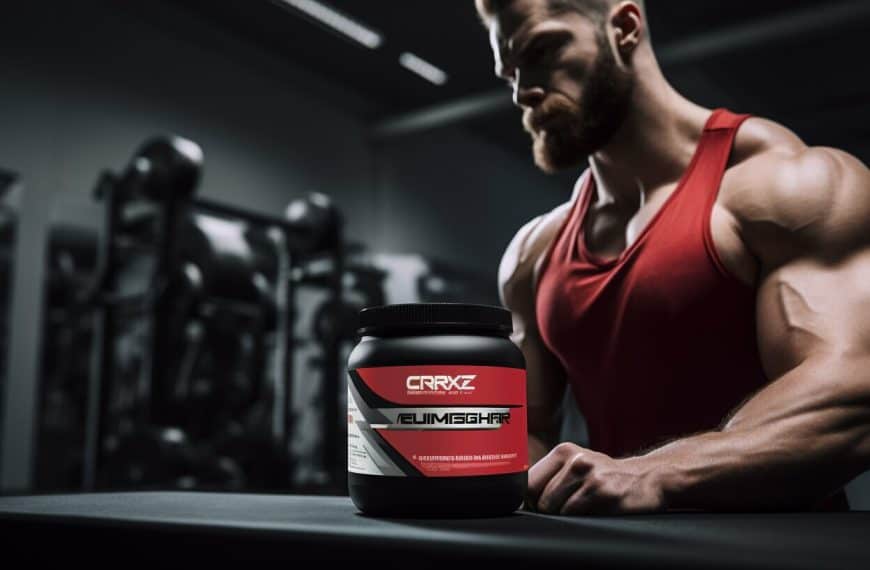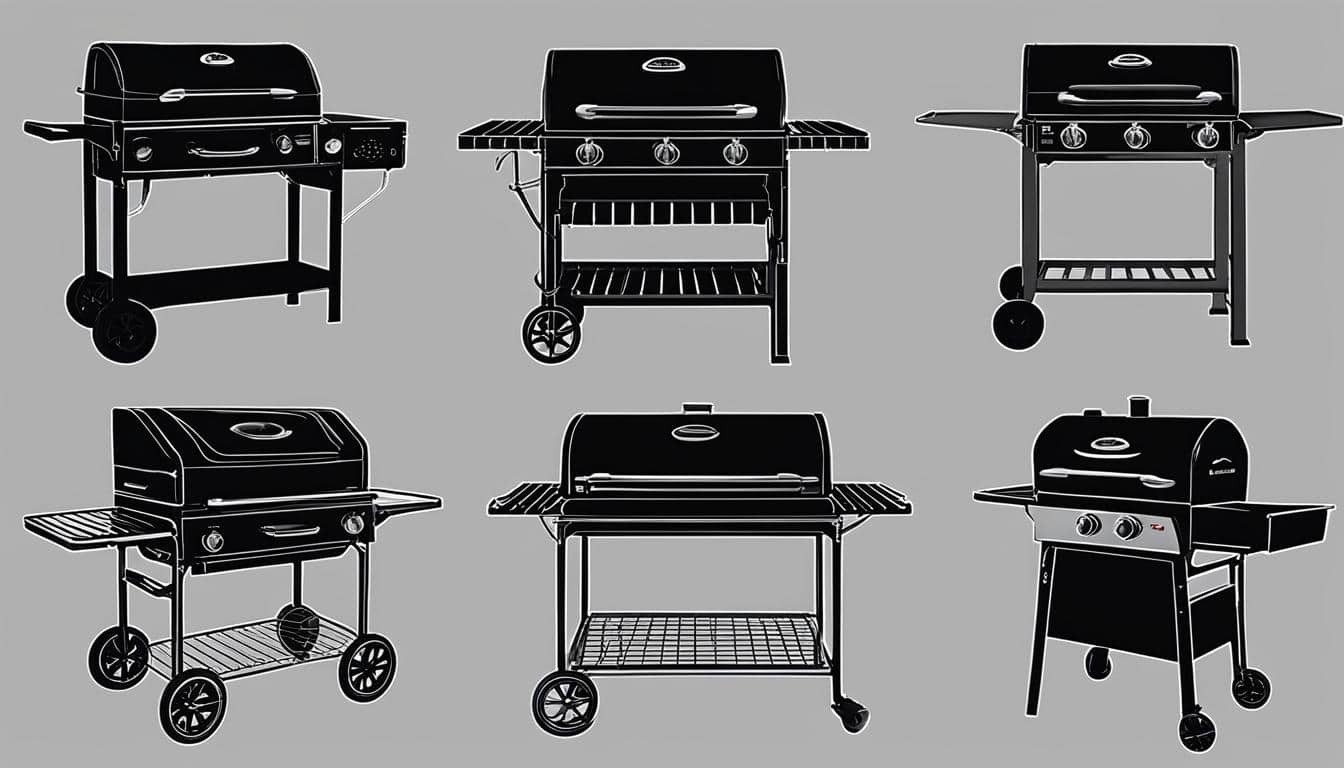-------
Learn More, Pick Smarter
Find Good Brands, Good Products, & Their Alternatives
reviews
Latest Posts...
The Best Robot Vacuums for Allergy Sufferers
If you’re tired of sneezing and suffering from allergies every time you clean your home, it’s time to…
Compact Robot Vacuums Perfect for Small Apartments
Are you tired of dragging a bulky vacuum cleaner around your small apartment? Or perhaps you’ve given up…
Why Robot Vacuums Are a Must-Have in Modern Homes
Are you tired of spending your weekends pushing a vacuum around your home, only to find yourself exhausted…
The Best Robot Vacuums for Pet Owners
Are you tired of constantly cleaning up after your furry friends? Do you dream of a clean home…
Yeedi Vacuum Review: Affordable and Efficient Cleaning
Are you tired of spending a fortune on cleaning equipment that doesn’t live up to its promises? Do…
Stair Climbers: Robot Vacuums That Can Handle Elevation
When it comes to cleaning your home, the stairs can often be a challenging area to tackle. Traditional…
Storage Ideas...
Appliances...
How to Safely Use a Steam Iron Station on Different Fabrics
When it comes to achieving perfectly pressed clothes, a steam iron station can be your best friend. But…
10 Ways To Get Rid of Fridge Odor
Have you ever reached for your favorite snack in the fridge, only to be met with a foul…
Stoves for Bushcraft: You Can Get at Amazon
When it comes to bushcraft, selecting the best stoves is crucial. Bushcraft enthusiasts need stoves that are not…
Best Soup Warmers: Keep Soups & Broths Deliciously Warm
Soup warmers are essential for keeping soups and broths deliciously warm and ready to serve. They come in…
6 Portable Juicers for the On-the-Go Lifestyle
The top portable juicers for the on-the-go lifestyle include the Nutribullet Go, Blendjet 2, and Popbabies Personal Blender,…
Best Air Fryers for New Jersey: Space-Saving Designs for Urban Living
If you live in New Jersey’s urban areas, you know how challenging it can be to find enough…
Guides...
Air Purifiers and Pets: What You Need to Know
Air Purifiers and Pets: What You Need to Know is a topic that’s been buzzing lately, especially among…
Bluetooth Earbuds: Pairing Tips and Troubleshooting
In the whirlwind of today’s tech-driven world, Bluetooth earbuds have emerged as a symbol of modern convenience and…
DIY Couch Makeover: Easy Ways to Refresh an Old Sofa
Are you tired of looking at your old, worn-out sofa but don’t have the budget to buy a…
What To Put in a Mini Fridge: Elevate Your Snack Game
Ah, the mini fridge—that cozy little appliance tucked away in dorm rooms, offices, and man caves. It’s like…
Unboxing Chuck Taylors: Exploring Their Unique Design Elements
As a sneakerhead and fashion enthusiast, I have always been drawn to the classic design of Chuck Taylors.…
Silent Drumming: Practicing with Headphones on Electric Kits
As a drummer, you know how important it is to practice consistently to improve your skills. However, sometimes…
plus size...
Fat Guy Friendly Underwear: Freedom From Chafing and Pain
Fat Guy Friendly Underwear is a game-changer, and it’s high time we shouted it from the rooftops. Look,…
Fat Guy Friendly Camping Chairs: Seats That Won’t Buckle Under Pressure
Fat Guy Friendly Camping Chairs are a game changer, folks. Seriously, it’s about time we talk about Oversized…
Fat Guy Friendly Swimwear: Swimsuits That Don’t Constrict
Fat Guy Friendly Swimwear is an absolute game-changer in the world of fashion and comfort. For too long,…
Fat Guy Friendly Watches: Wristbands That Don’t Dig In
Oh boy, let’s talk about Fat Guy Friendly Watches, the heroes of the wristwear world that don’t make…
Fat Guy Friendly Jackets: Coats That Don’t Squeeze Your Midsection
Fat Guy Friendly Jackets are a game changer, folks. For years, the fashion world’s been a bit tone-deaf…
Fat Guy Friendly Bar Stools: Sit with Confidence!
Ah, the quest for the perfect bar stool. It’s a journey many of us take, but if you’re…
Beauty...
Is Truskin a Good Brand? Why We Rate It 83/100
TruSkin Naturals is known for its innovative offering of small-batch skin-care products that are formulated with quality ingredients…
Top 10 Most Sought-After Arabian Perfume Brands
Arabian perfumes have long been renowned for their decadence and luxurious scents, making them some of the most…
Stores Similar to Bath and Body Works: 19 Options
Bath & Body Works’ wide selection of sweet-smelling products includes lotions, body washes, hand sanitizers, candles, and fragrances…
GNC Pro Performance Creatine Monohydrate Review
Ah, the world of fitness supplements. One minute you’re downing protein shakes like they’re water, and the next,…
InStyler Ionic Styler Pro Review: Things You Can Do With This Tool
Hey there, beauty enthusiasts! So, who among us hasn’t struggled with managing the bird’s nest that is our…
Verfons Eye Cream Reviews: Why We Rate It 79/100
Welcome to our comprehensive review of Verfons Eye Cream, a popular skincare product that promises to reduce the…
fashion...
How to Rock Plus Size Belts: Top Fashion Tips
Ever wondered how to make plus size belts your ultimate fashion statement? I’m here to help! Navigating the…
Sammy Dress Wig Review: Expert Insights on Quality & Style
If you’re in the market for a new wig, it’s important to do your research to find the…
11 Dresses Like Ant opologie: Available at Amazon
Forget cookie-cutter trends and mass-produced monotony. It’s time to embrace your inner bohemian goddess with dresses that sing…
Hoodies Like Essentials (5 Hoodies Similar To Essentials)
5 Hoodies Similar To Essentials When it comes to the hoodie, there are very few options out there…
Bras Like Cacique (5 Bras Similar To Cacique)
5 Bras Similar To Cacique If you’re a plus-size woman, you probably already know the struggle of finding…
Halara Leggings Review: Discover Your New Favorite Pair Today
As an active individual, finding the perfect pair of leggings can sometimes feel like an impossible task. But…
Product Reviews
Good Alternatives
When it comes to choosing the Good Stoves for Travel, there are a few key factors to consider. Whether you’re an avid backpacker, a road…
Welcome to our article, where we’ll be exploring the numerous advantages of pellet grills. Pellet grill advantages are vast and varied, making them a popular…
When it comes to cycle touring, choosing the Good Camping Stoves for Cycle Touring is crucial for a comfortable and efficient journey. Whether you’re biking…
Welcome to our exploration of the top 10 disadvantages of using Kamado grills. If you’re considering purchasing a Kamado grill, or just looking to better…
When it comes to Kayak Camping, choosing the Good Stoves is crucial for a seamless outdoor experience. Among outdoor enthusiasts, the trend is shifting towards…
Let’s talk about finding the best cast iron griddle for a gas grill. Imagine you’re planning the perfect backyard BBQ. You’ve got your friends coming…
Categories
- Air Fryers85
- Alternatives403
- Appliances60
- Best53
- Blenders53
- Bread Makers1
- Buffet Servers1
- Can Crushers1
- Chocolate Fountains1
- Coffee Makers1
- Cookie Presses1
- Cooktops38
- cookware13
- Cotton Candy Machine1
- Crepe Makers1
- Dishwashers30
- Donut Makers1
- Egg Cookers1
- Electric Can openers1
- Electric Kettles1
- FAQs110
- Fondue Pots1
- Food Dehydrator1
- Food Processors22
- Food Slicers1
- Food Steamers1
- Food Warmers9
- Freezers34
- Good Brands5
- Gravy Boats6
- Griddles and Skillets1
- Grills67
- Grinders1
- Grow Lghts57
- Ice Cream Makers1
- Ice Makers21
- Ice Shavers4
- Ironing112
- Juicers14
- Microwaves45
- Milk Frothers1
- Mixers9
- Ovens46
- Panini Presses1
- Pasta Makers1
- Popcorn Makers1
- Popcorn Popper1
- Pressure Cookers1
- Quesadilla Makers1
- Rangehoods7
- Refrigerators49
- Reviews280
- Rice Cookers1
- Sausage Stuffers1
- Slow Cookers1
- Soup Kettles1
- Storage272
- Stoves45
- Toasters1
- Tortilla Presses1
- Vacuum34
- Waffle Makers1
- Wine Caddies1
- Wine Chillers1
- Wine Coolers34
- Wine Dispensers1
- Woks1
- Yogurt Maker1
